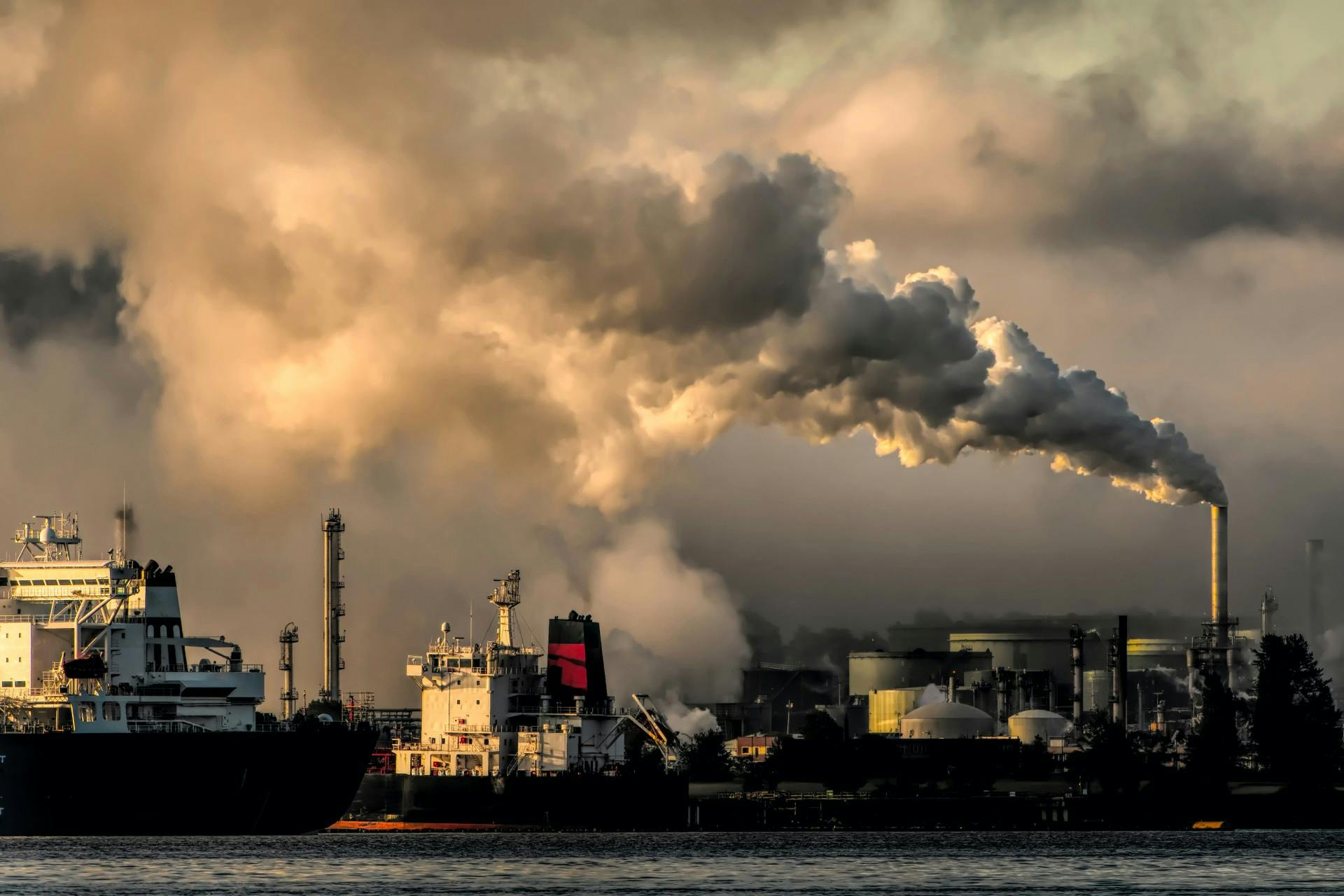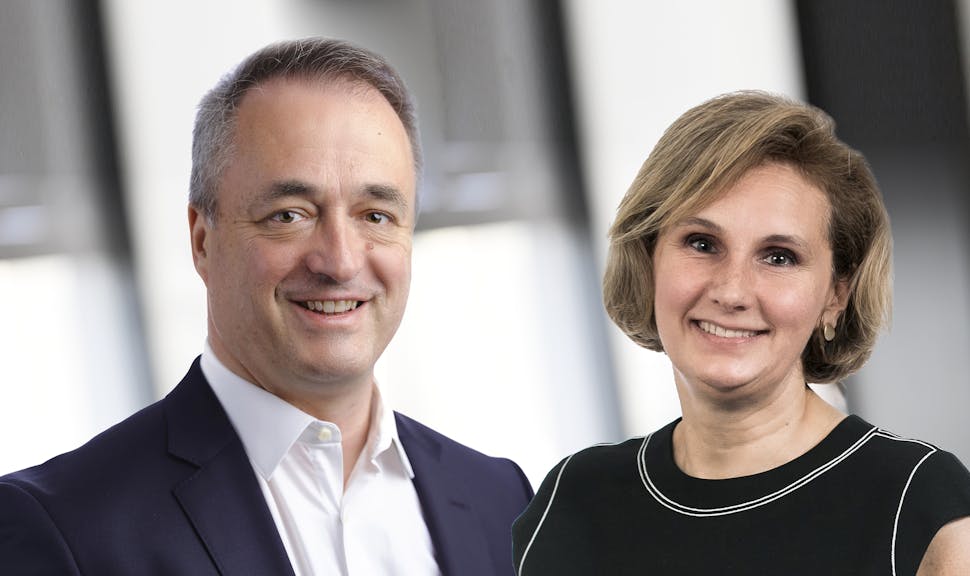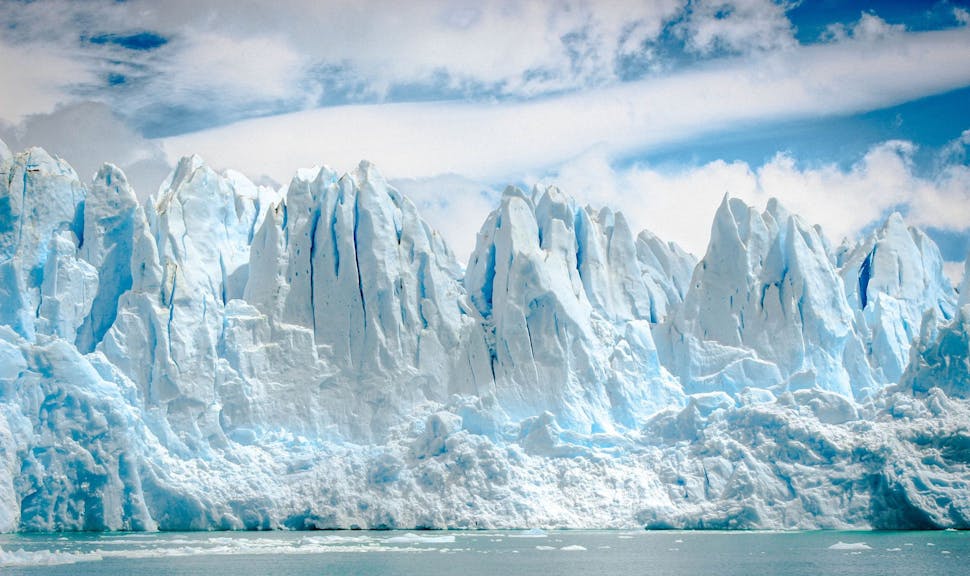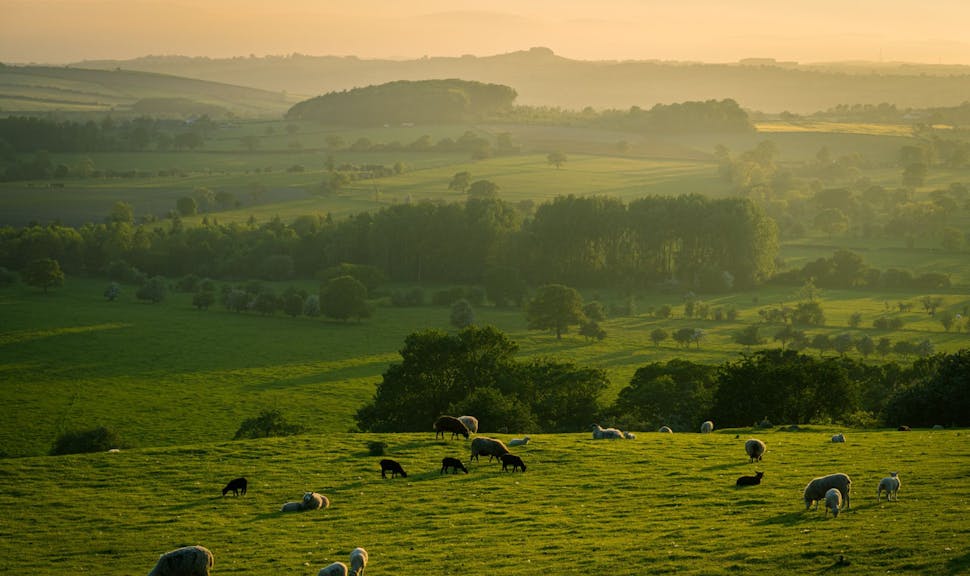
June 18, 2021
Finding the right pace for a greener future
Insurance is built on future potential events. Its success is built on understanding them through the best possible vision of the future. AXA Group Foresight has conducted an analysis of possible futures
in the areas of the environment, socio-economics and healthcare. This foresight exploration aims at identifying priorities for decision-making information action today, so that — over the next twenty years — we can build a fairer, safer, and more resilient world.
possible futuresin the areas of the environment, socio-economics and healthcare. This foresight exploration aims at identifying priorities for decision-making information action today, so that — over the next twenty years — we can build a fairer, safer, and more resilient world.
3 minutes
Check out the 2021 Foresight Report
To find out more about these possible futures
and how insurers will play a key role in making the most of their risk expertise to make the world greener.
Finding the right pace for a greener future
Green Growth
, Business as Usual
and Doughnut Economics
are three possible pathways to 2040 explored by the AXA Group Foresight to understand the trends that will set the pace for a greener future. These pathways draw upon key questions likely to shape coming decades – and affect tomorrow’s societies.
Climate change is accelerating — and it is now widely recognized that human activity is increasingly contributing to it. The consequences are becoming clearer for scientists: because of climate change, extreme weather events are becoming more intense and frequent. The good news is that stakeholders are more aware of human-induced climate change than they were ten or twenty years ago. Governments have responded to increasing societal demands calling for stronger actions: they have strengthened their commitments to reducing CO2 emissions as part of the Paris Climate Agreement. Business is also playing its part: leading banks, oil & gas producers and airlines are among those pledging to reach net-zero by the middle of the century. Nonetheless, international cooperation often falls short. The 2019 UN Climate Summit ended in disappointment and there is increasing pressure to agree on new measures.
In order to comply with the Paris Climate Agreement however, there is a need to reduce CO2 emissions by 7% every year.[1] As seen in 2020 during lockdowns, that comes at a significant social and economic cost. There is still time to reverse the trend — to protect the natural world on which society relies— but that window of opportunity is narrowing. If all stakeholders do not act quickly, the climate could tip into potential abrupt and irreversible change within a few decades.[2] It is impossible to predict the future — because it depends on multiple economic, geopolitical and technological factors — but two questions will be key:
- The first relates to effective international cooperation: After Covid-19, will the world move toward unilateralism? Will governments prefer an
every country for itself
approach? Or will the world see a re-emergence of the kind of multilateralism needed to tackle climate change? - The second relates to economic growth: Will most of the world continue to pursue growth at any cost? Or will it re-think its economic and development models? Will it consider the need to protect the environment? Finally, between different economic growth models, how can it be assured to find the right pace for a greener and more sustainable future?
In an attempt to answer to these future-defining questions, the AXA Group Foresight Team has explored speculative design elements – fictional yet rooted in real science and data. In one of the possible futures explored, 2032 is the year when one of today’s most innovative urban hubs, Dubai, needs to relocate south due to extreme climatic conditions.
What if Dubai needs to relocate to a Tanzanian climate-temperate region after a series of heatwaves in the Persian Gulf?
Two hundred kilometers from the port of Dar es Salaam, a new city is taking shape. This is Dubai-Africa, which will soon be home to around half a million people. The city has been built by in just eighteen months on unoccupied land leased from the Tanzanian government. The United Arab Emirates (UAE) decided to build the city after a series of catastrophic heatwaves and a collapse in the country’s revenues from oil and gas. Citizens have already started arriving from Dubai – most will be working in the new city’s burgeoning finance and services sectors. Dubai-Africa has won plaudits from around the world for its approach to the environment. The city generates its own renewable energy from giant solar panels, located in the Tanzanian savannah.
In this fictional piece, the relocation is welcomed with enthusiasm by the international community for its approach to the environment. The new African city is also host to COP42, a milestone for its geopolitical advancements – a binding agreement sets a low-carbon framework for all asset transactions.
Check out the 2021 Foresight Report to find out more about these possible futures
and how insurers will play a key role in making the most of their risk expertise to make the world greener.
Sources



